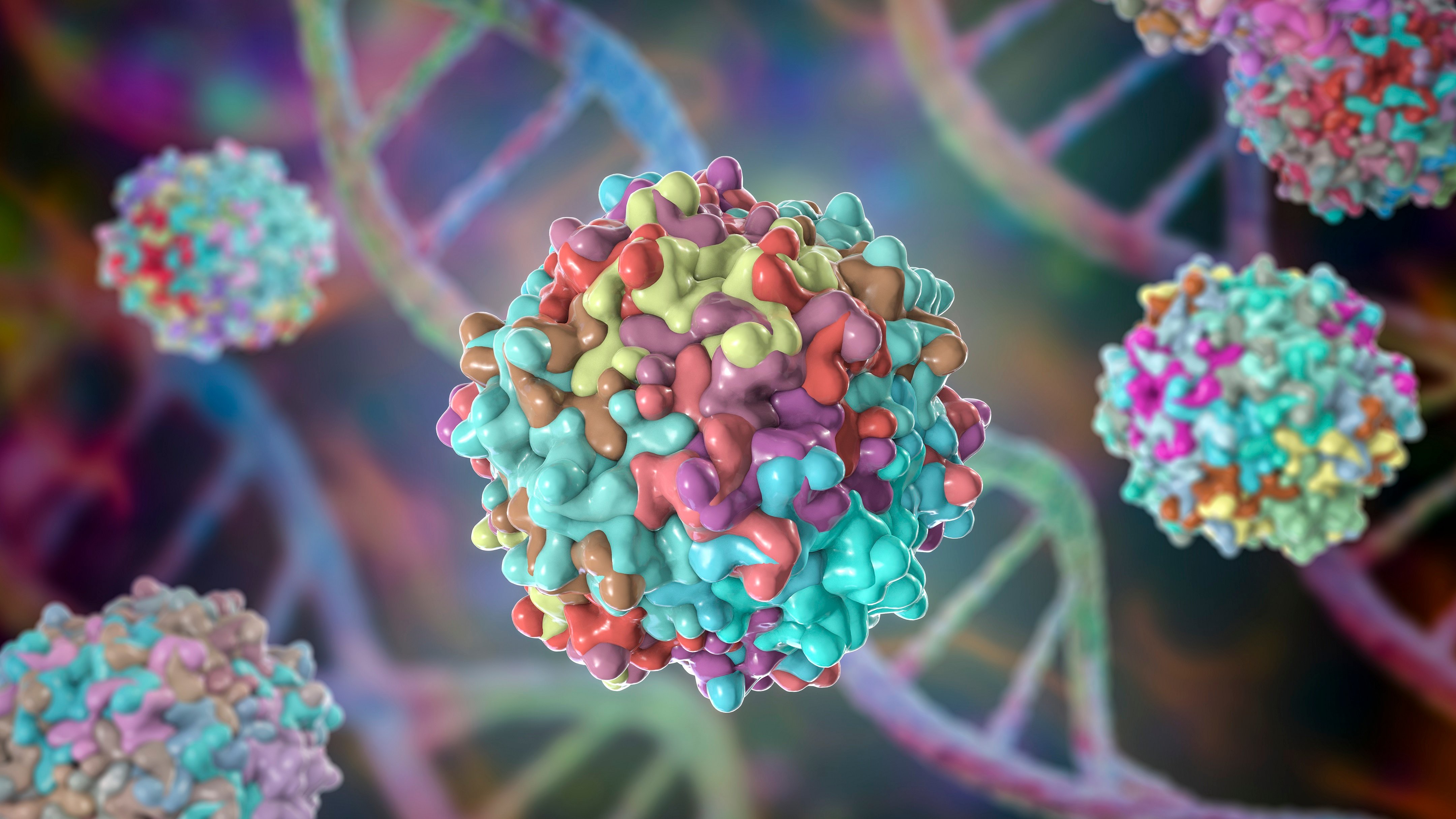Fabrication of a Lipopolysaccharide‐Targeting Peptide‐Based Colloid for Alleviating Carbapenem‐Resistant Enterobacteriaceae‐Induced Cutaneous Infection
Advanced Healthcare Materials, EarlyView.

In this study, a novel cationic peptide, IW is designed and synthesized, with a tandem-repeat sequence demonstrating potent activities against a broad spectrum of clinically relevant Carbapenem-resistant Enterobacteriaceae in both the planktonic and biofilm states. IW is then formulated with P407 to form IW-P407 colloids. This simple formulation is further proved to alleviate cutaneous infection in a mouse skin model.
Abstract
Carbapenem-resistant Enterobacteriaceae (CRE) becomes a growing threat to human health. Many clinical isolates have shown strong resistance to commonly used antibacterial agents. Inspired by cationic amphiphiles with tandem-repeat sequence, two novel peptides termed IW (IWRRIWRRIWRRIWRR-NH2) and WI (WIRRWIRRWIRRWIRR-NH2) are designed, synthesized, and investigated in this study. Both exhibited favorable antibacterial activity against “superbugs” at micromole level, surpassing conventional antibiotics, like meropenem and imipenem. Adopting the analytic strategies of molecular dynamics simulation in combination with experimental verification, lipopolysaccharide (LPS) is proposed as a potential target for IW with a calculated dissociation constant of 886 ± 879 nM. Though deadly to infamous bacteria, IW demonstrated negligible toxicity to Galleria mellonella (GM) larvae at 500 mg kg−1. For better administration, IW was formulated with a commercial pharmaceutical excipient poloxamer 407 (P407) to fabricate an antibacterial colloid. This material was verified to effectively reduce the bacterial burden of Escherichia coli-infected skin in a mouse model by ≈1.5 log compared with the P407-treated group. Overall, this work expanded the potential arsenal against carbapenem-resistant strains by introducing a new engineered molecule delivered using a cheap, concise formulation strategy accordingly.




















































































































































